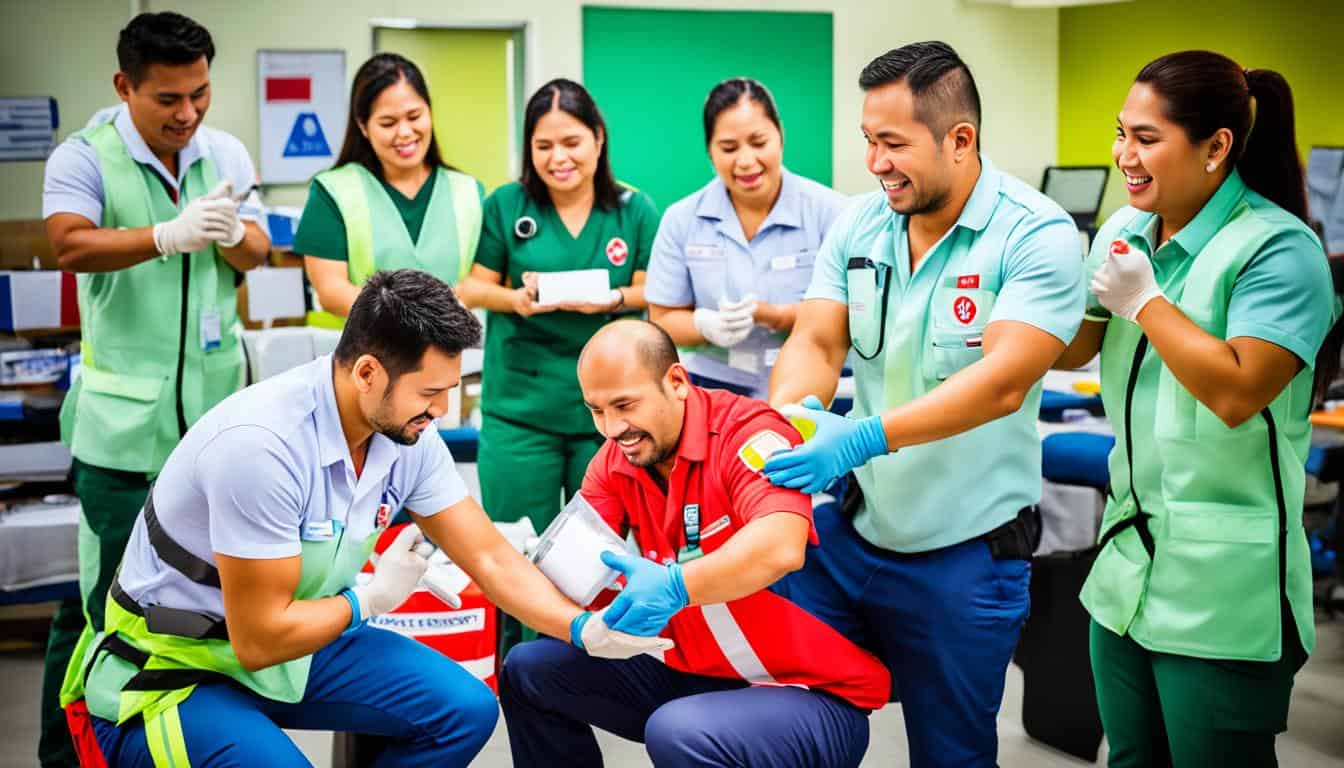Safety at work is an important part of any business, and making sure workers know how to give first aid is an important part of making sure they stay healthy. But it’s not enough to just give first aid classes; it’s also important to measure how well these classes work. Businesses can find out if the training is meeting its goals, find places where it could be better, and make sure workers are fully prepared for emergencies by measuring how well the training is working. Here’s how you can tell if your first aid training program worked or not.
1. Assessing Knowledge Retention
One of the first indicators of the success of your first aid training courses is the retention of knowledge. After completing the program, employees should be able to recall key concepts such as how to perform CPR, manage bleeding, or assist in other critical first aid situations. You can assess this by administering periodic quizzes or practical tests to see how well employees retain and apply what they learned during the course.
If employees struggle to recall important techniques or procedures, it could indicate that the training content or delivery methods need to be adjusted. Additionally, refresher courses may be necessary to ensure that knowledge remains fresh and up to date.
2. Evaluating Practical Application
A good first aid course should teach both theory and how to use what you’ve learned in real life. Employees should be able to show that they know how to give first aid in real or fake situations. You might want to hold fake emergency drills so that workers can practice what to do in different situations, like a coworker collapsing from a heart attack or an accident.
You can tell if your workers are good at using the skills they’ve learned by watching them during these drills. If the workers do a good job when they’re under a lot of stress, it’s clear that the training program helped them get ready for real life.
3. Reviewing Incident Reports and Feedback
To determine how effective the training is in practice, reviewing incident reports and feedback from employees is essential. If your workplace has had a medical emergency, evaluate how well the trained employees responded. Were they able to provide the correct first aid promptly? Did they remain calm and follow the proper procedures?
A big part of judging success is also looking at what workers say. Ask them what they think about the training, the tools, and the whole experience through surveys or interviews. Their opinion will help you figure out what could be done better, like making the training more fun or going over certain skills in more detail.
4. Aligning with High Intensity Support Skills Descriptors
The High Intensity Support Skills Descriptors provide a framework for assessing the level of proficiency required in certain high-stress, high-risk situations. These descriptors are particularly relevant for workplace environments where employees may face critical emergencies, such as industrial accidents or serious health conditions.
Evaluating the success of your first aid training courses against these descriptors can provide insight into whether employees have mastered the skills required to handle high-pressure situations. For example, the ability to perform life-saving interventions, such as advanced CPR or using an AED (Automated External Defibrillator), is an essential skill in many workplaces. By comparing your program’s outcomes with these high-intensity standards, you can ensure that employees are trained to respond appropriately in the most critical circumstances.
5. Tracking Performance Over Time
It’s important to measure the ongoing effectiveness of your first aid program beyond initial training. First aid skills can fade over time if they aren’t used often, so it’s important to keep track of employee success on a regular basis. Consider scheduling follow-up evaluations, such as annual skills assessments or re-certification courses, to ensure employees remain proficient.
Tracking the long-term impact of the training on workplace safety is another effective way to evaluate its success. A decrease in workplace injuries or quicker response times during emergencies can indicate that the training program is effective.
6. Setting Clear Goals and Metrics
Establishing clear, measurable goals for your first aid training program is crucial for evaluating its success. These goals could include specific outcomes, such as having a certain percentage of employees trained in first aid or improving the response time during emergencies. By setting these metrics, you can assess whether the program is meeting its objectives and whether any adjustments need to be made to improve performance.
Conclusion
Evaluating the success of your first aid training program is a vital step in ensuring that employees are prepared to handle medical emergencies. By assessing knowledge retention, practical application, incident reports, and feedback, as well as aligning training with High Intensity Support Skills Descriptors, you can ensure that your workplace first aid program is effective and provides long-lasting benefits. The training program should be reviewed and updated on a regular basis to make the workplace safer and ensure that employees are always ready to act when it matters most.
